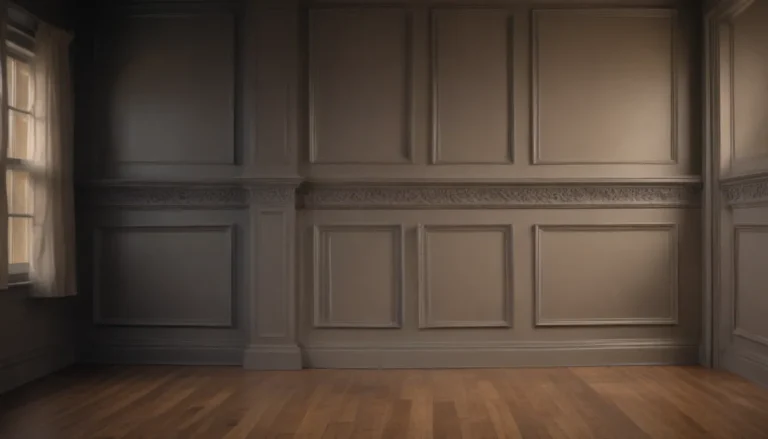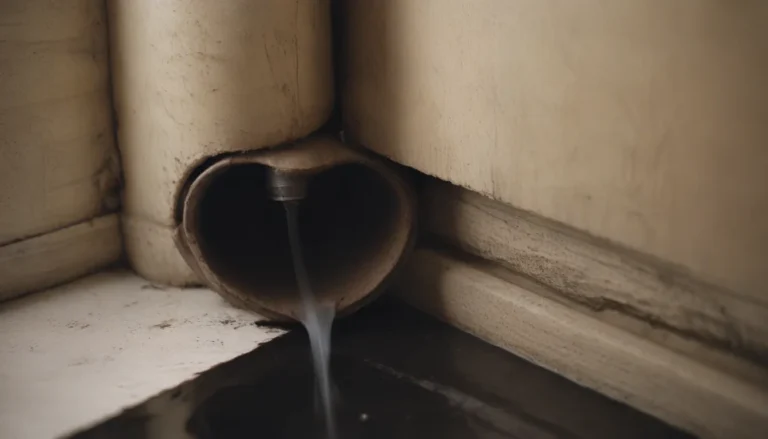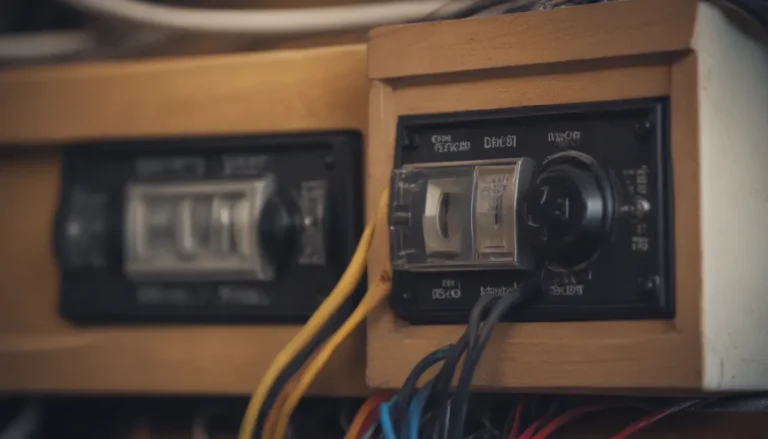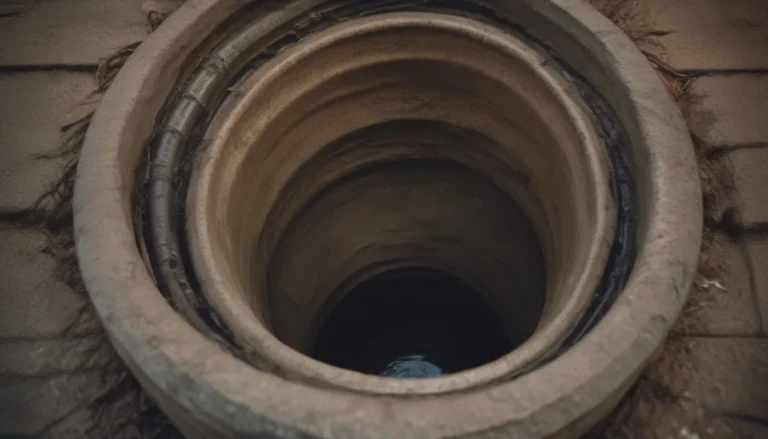Adding Space to Your Home: A Comprehensive Guide to Home Additions

Are you feeling cramped in your current living space? Do you find yourself craving a larger kitchen, an extra bedroom, or a more spacious bathroom? You’re not alone. Many homeowners eventually come to a point where they desire additional living space within their homes. This is where a home addition comes in.
A home addition entails adding finished living space to your existing home, providing you with the extra room you need to make your living space more comfortable. From relatively low-cost attic or basement conversions to expensive and extensive full-size conventional additions, there are various types of additions to choose from. In this article, we will explore seven common types of home additions that can help you increase your living space. Additionally, we will discuss factors to consider when choosing the right type of addition for your home.
Attic/Basement Conversion
Best for: Adding living space without changing the home footprint.
An attic or basement conversion involves transforming existing unfinished space in your home into practical living space. While this type of addition does not expand the actual footprint of your home, it can be one of the most cost-effective ways to add usable space. Attics and basements must meet certain structural qualifications to be converted into living spaces. For instance, adequate ceiling height and proper structural support are essential requirements.
Converting an attic typically costs around $40,000, while basement finishing costs are usually about half that. However, costs can vary depending on the size of the space and any necessary structural alterations. It is important to ensure that your attic or basement meets the necessary building code requirements before proceeding with the conversion.
Conventional Full-Size House Addition
Best for: When significant living space is required and there is ample property around the home.
A conventional house addition is a multi-room structure built onto the side of your house, providing additional living space. These additions are subject to building codes and permit requirements, requiring extensive excavation, foundation work, and installation of wiring, plumbing, and HVAC systems. A major house addition can cost around $72,000 on average, with costs potentially exceeding $150,000 for larger or high-end projects.
Room Addition or Bump Out
Best for: Adding a single room to the home.
A room addition or bump out is a smaller-scale addition that adds space to a single room in the existing house. These additions can be more cost-effective than full-size additions but still require adherence to building codes and foundation construction. A room addition can cost upwards of $50,000, depending on the size and complexity of the project.
Sunroom Addition
Best for: Adding protected recreational space but not living space.
A sunroom is a supplemental living area added to the side of the house. Sunrooms are typically constructed with pre-fabricated materials and can be a cost-effective way to create additional living space. Professionally installed sunrooms can cost around $30,000 on average, while DIY-friendly kit sunrooms are available for as little as $5,000.
Garage Conversion
Best for: Adding a sizable space for an affordable investment; creating in-law suites.
Converting a garage into a living space can provide a cost-effective way to add living space to your home. Garage conversions require adding flooring, replacing the garage door with a wall, and installing a ceiling. Average costs for a garage conversion range from $15,000 for basic living space to $30,000 or more for more elaborate projects.
Tiny House or DADU (Detached Accessory Dwelling Unit)
Best for: Isolating new living space from the home; creating rental or in-law suites.
A detached accessory dwelling unit (DADU) is a separate living space on the property that is not physically attached to the main house. These units can be used to provide additional living space for family members or rented out for supplemental income. The cost of building a DADU can average at least $100,000, making it one of the more expensive types of additions.
Second Story Addition
Best for: Homes that require significant additional living space, with limited land availability.
Second-story additions involve building an additional level on top of an existing home, doubling the amount of living space without using extra land. These additions can cost anywhere from $175,000 to $600,000, depending on the size and complexity of the project.
How to Choose a Home Addition
When deciding on a home addition, it is essential to consider your current and future needs, financial situation, and the potential value the addition will add to your home. Here are some key factors to keep in mind when choosing a home addition:
Will the Number of Residents Change?
Consider whether your family size is likely to change in the future and how the addition will accommodate those changes.
Will Your Financial Situation Change?
Evaluate your current financial status and future earning potential to determine how much you can afford to invest in a home addition.
Will the Home Addition Add to the Home Value?
Ensure that the addition will add value to your home and recoup a significant portion of the investment when you eventually sell the property.
How Much Is the Funding Costing You?
Consider the cost of borrowing money for the project and keep an eye on interest rates to make informed financial decisions.
Home Addition Costs
Here is a general breakdown of the costs homeowners can expect for each type of home addition:
- Attic/Basement Conversion: $20,000 or less
- Conventional Full-Size House Addition: $72,000 on average
- Room Addition or Bump Out: Upwards of $50,000
- Sunroom Addition: $30,000 on average
- Garage Conversion: $15,000 to $30,000
- Tiny House or DADU: $100,000 or more
- Second Story Addition: $175,000 to $600,000
Contractor vs. DIY
While DIY home renovation projects can be less expensive, hiring a professional contractor ensures a higher standard of work and efficiency. When working with a contractor, ensure they are licensed and qualified for the job.
In conclusion, home additions are a significant investment that can enhance your living space and add value to your home. By carefully considering your needs, budget, and long-term plans, you can choose the right type of addition that will meet your requirements and enhance your living experience. Remember to consult with professionals and obtain the necessary permits to ensure a successful home addition project.





